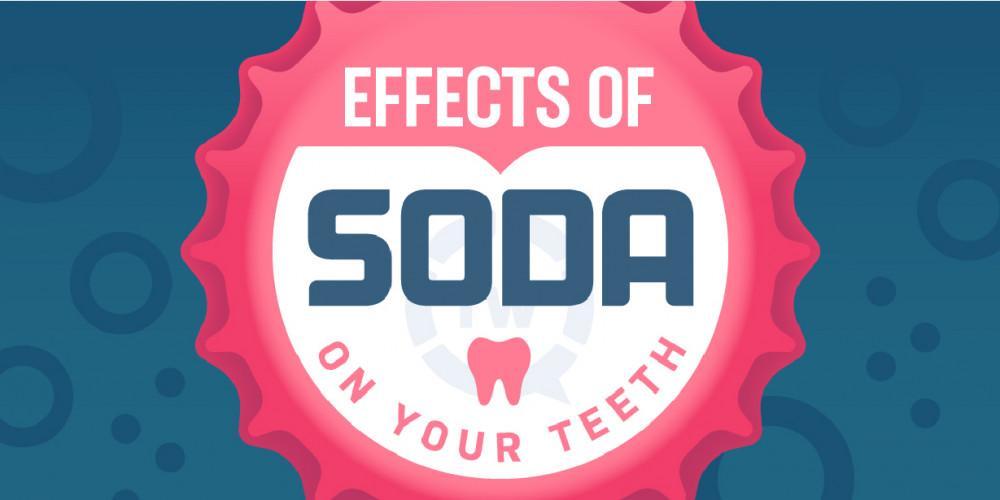
The Best and Worst Halloween Treats for Your Teeth

The plastic pumpkin of Halloween loot sits on the counter, its gap-toothed grin tempting you to grab a piece -- every time you walk by. But beware of dipping into your candy stash too often. Nibbling sweets throughout the day exposes your teeth to sugar over and over, leading to cavities.
Why sugar is scary
To understand why candy is so harmful to your teeth, it helps to think about how cavities form. When you eat sugary and starchy foods — sweets, crackers, bread — the bacteria in your mouth feed on them. Then the bacteria produce acid, which erodes your tooth enamel and causes decay. So while acid is the real culprit in causing cavities, sugar is its partner in crime.
The staff at ProDent Care in Glendale, California, wants to help you maintain a healthy smile for years to come, so we recommend limiting candy and other sweets year-round. But we understand that treats are part of the Halloween fun for both kids and adults.
While any sugary treats can be harmful, some kinds are better for your dental health than others. Here’s the rundown of the worst and the best:
The scariest Halloween treats for teeth
- Sticky treats. A few examples are taffy, candy corn, caramels, jelly beans, licorice, and marshmallows. They’re gooey and take lots of chewing, so the stickiness coats not only the chewing surfaces of your molars but the fronts and backs of teeth, too.
- Lollipops. It takes a long time to finish a lollipop, so your teeth may be bathed in liquefied sugar for 20-30 minutes. If there’s chewy candy or bubble gum inside the lollipop, the sugar exposure can be even longer.
- Hard or extra-crunchy treats. Think hard candy, jawbreakers, and popcorn balls. If you bite down on them, these have the potential to chip or crack your teeth. Like lollipops, hard candies that dissolve slowly keep teeth coated in sugar for a long time. Sour candies are especially harmful due to the extra acidity. Sticky goo from popcorn balls adheres to teeth, and popcorn kernel bits can get stuck between teeth and irritate your gums.
The friendliest Halloween treats for teeth
- Plain chocolate. Chocolate melts quickly in your mouth, so the sugar doesn’t hang around as long. Dark chocolate is best because it has less sugar than milk chocolate. Naturally-occurring substances in dark chocolate may slow tooth decay and stop bacteria from sticking to teeth. A stimulant in chocolate, called theobromine, has even been shown to strengthen tooth enamel.
- Sugar-free candy or gum. While these contain artificial sweeteners that may not be good for health overall, there’s no sugar to harm your teeth. Chewing sugar-free gum helps get saliva flowing, and the gum itself helps remove gunk from crevices in your teeth.
- Fresh fruit. If you’re taking Halloween goodies to your child’s class at school, try fresh fruit. Pack grapes into single-serving baggies or hand out clementines, which look like mini pumpkins.
The dentist’s tips about eating sweets
Just because ghouls and goblins have bad teeth doesn’t mean you and your kids need to follow suit. When you’re reaching for a sugary Halloween treat, follow Dr. Hambarchian’s helpful hints:
Don’t graze.
Instead of grabbing a piece each time you walk by the plastic pumpkin, eat the candy at one sitting. That way you limit the number of episodes where your teeth are smothered with sugar.
Eat candy with healthy foods.
Eat candy with a meal, or pair it with foods that are good for your teeth. Apple slices and baby carrots are kid-friendly choices. Munching on these crunchy foods after eating candy helps in two ways: Chewing the foods increases saliva to wash away sugar, and their fibrous texture helps scrub bacteria and bits of candy away from the teeth.
Chowing on a natural, hard cheese after the candy works, too. Eating cheddar cheese raises the pH in your mouth which may help prevent cavities, according to a 2013 study published in General Dentistry. Substances in cheese may even stick to teeth to help protect them from acidity.
Wait a little while before brushing your teeth.
If you don’t have access to your toothbrush, drink water after eating candy to wash away sugar and acids. But even if you do have a toothbrush handy, wait at least 30 minutes before brushing. That advice seems counterintuitive because it seems like removing the sugar right away would be best. But brushing immediately when all the acid is there may scour away your tooth enamel.
If you have questions about Halloween treats or general dental health, one of our friendly staff members would be happy to talk with you. Call our office or use the easy online booking to set up a checkup for you or your child.
You Might Also Enjoy...


Understanding the Five Stages of Tooth Decay

Kicking the Tobacco Habit is Good for your Mouth

What to Do When You Crack a Tooth

What is Plaque?


